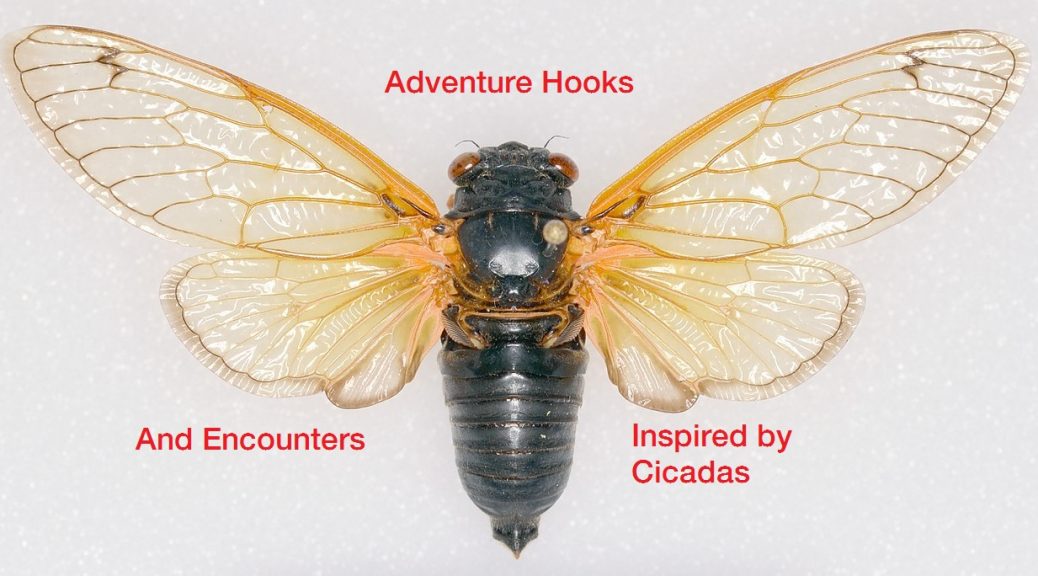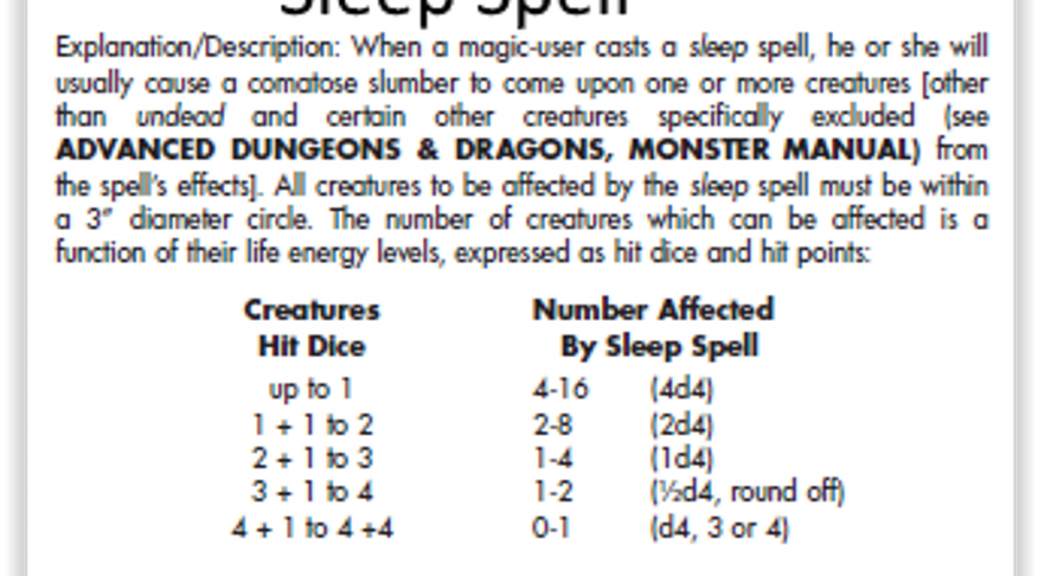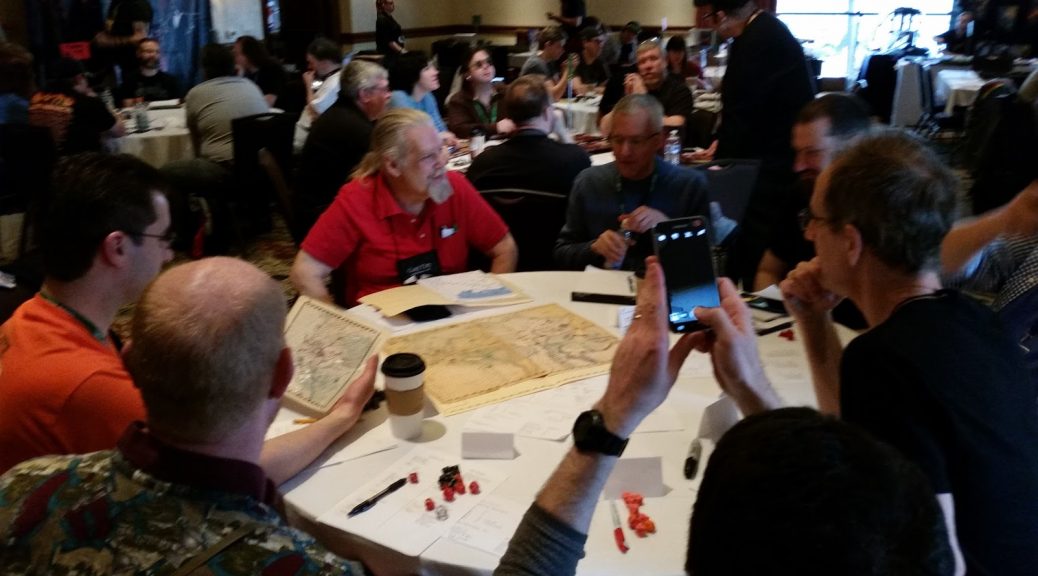Over on G+, +Greg Gorgonmilk [Profile deleted before I archived it at The Internet Archive. https://plus.google.com/u/0/b/107411251706927346819/+GregGorgonmilk shared a picture of a cicada [Profile deleted: https://plus.google.com/u/0/b/107411251706927346819/+GregGorgonmilk/posts/MDePnQwnHSw]. This got me to thinking, “How would this affect various creatures in D&D?”
What if there were forms of various burrowing monsters, Ankheg, bulette, etc. that had a cycle like the 17-year cicada. There are not just one group of cicadas, but multiples, and not just 17 years. I believe there is also a 13 year cicada. There are both Periodical, every 13 or 17 years, and Annual Cicadas, which have a life cycle of 2-4 years.
Inspired By Cicadas
Their base stats would be the same as in their source book. Keep it simple, right? Each monster type would just need to kill a certain number of HD of “food” in a set period before burrowing for the next sleep cycle. Say 2-3 weeks, each HD of creature needs to “eat” 2-3 HD for every HD it posses.
Solitary creatures would emerge to eat and mate. Eggs would hatch for laying species, making voracious babies needing several times their HD in food for the rapid growth that occurs before they burrow to hibernate.
Placement & Cycle
To place the groups lay out your campaign map and drop a die indicating how many are in that location. the number could represent either groups or individuals. Roll a d12+6 to see how many years in the cycle for each group.
Of course, there is nothing to say that the cycle is in years, that would put them in living memory. What adventurers wouldn’t want to go out and find the fresh burrows/dens to slay monsters, find treasure, and collect parts for wizards? Better yet, have the cycle in decades or centuries, depending on which race’s living memory will lose track of them. That way, they emerge suddenly and unexpectedly. Only some dusty old tomes might mention it.
By being outside of living memory, it would make even more sense for the crazy weird creatures to emerge when and where they do.
Duration of Last Cycle
To determine how long since the last emergence, either roll those same dice , or 2d6, if using years. For decades or centuries, use what suits your campaign. For worlds that evolve over many campaigns, this would be another aspect to help it come alive.
Alternatively, assign a percentage chance that this year is the end of their cycle, or that they emerge early, as some 17-year cicadas emerged 4 years early this year.
Encounters
For sandbox games a burrow of say, hibernating bulettes, could be placed on the map and set to emerge when the party reaches that hex. Or you could have a random encounter prepared to come up when the party is travelling. Here, the term burrow or den is used loosely. Some monsters are not found in groups, if you want to go by the book, so a den or burrow would be a generalization for an area where the creatures congregated before burrowing. For bulettes and other very large creatures, they might be spread over many square miles of territory.
If you have a creature you really want to show up in your game, use this to make it happen.
Ecology
Players that encounter such a variation on the usual type of monster might get the bright idea to go dig up these slumbering creatures for “easy” XP. That is easily solved when these creatures curl up and secrete a substance that encases them in a hard shell that disguises their identity and also protects them from scrying. This will make it impossible to determine what kind of creature is in the “shell” if it is found, and reduce the ability to find it.
The secretions will reduce the ability to find it via scrying by 5% per day for the first week. 5% per week for the next month, and 1% per each subsequent month. So 35% after 1st week, and 55% at the end of the month after that, and 67% the year after that. If one sticks with an additional 1% per month, after an additional two years and seven months it would hit 100%. I would say it shouldn’t be 100% effective. Based on how your preferred rules handle scrying, there should at least be a chance. Rolling 01 on a d100 should find it, unless other modifiers make it impossible.
Earthquakes, floods, new construction, wizard battles, wars, and battling titanic monsters, like dragons, are some of the things that interrupt the normal cycles. Character wants to build a stronghold, assign a chance that they happen to pick a site near or over a “burrow”. For example, 10% chance to be near (1d6 miles, hexes, etc.) from a burrow, and 1% chance to be over one. The GM can roll for it, or make the player do it.
Change It Up
To make them different from the book descriptions, make them a different color, smell, size, or flavor of meat (if the party eats its kills).
Where’s the Table?
This should be something each GM can make their own table. But for starters, here is what I am thinking for my own table.
| CREATURE | BASE CYCLE (Years, Decades, Centuries) | TIME SINCE END OF LAST CYCLE | PLACEMENT | NOTES (Map Location, Treasure, etc.) |
| Ankheg | d6+d12 | 2d6 | Grab some d6’s and drop on the map. Numbers indicate number of groups/dens. | Under farmer Bob’s barn |
| Bulette | d6+d12 | 2d6 | Grab some d6’s and drop on the map. Numbers indicate number of groups/dens. | Under, within, or next to the dungeon |
Keep going with each burrowing monster, or monster you re-skin as a burrowing monster.
Make a new table for each genre you run. Of course, some creatures could easily be used across genres.
Vary the cycle units (years, decades, centuries) and number and type of dice used to set the base cycle and time since last cycle.
For placement set one color of dice for each creature and roll all at once. Vary the number of dice used based on the size of your campaign map. If you have a world map, use more dice than a map that is only a portion of a continent.
Make a spreadsheet to keep track of all this, especially the location. Once you know a location, how can you make it interesting? If a location is a far off place, be sure to have the party encounter that cluster of creatures, especially if you haven’t used this variation yet.
If the location is within a dungeon, perhaps the builders of the dungeon avoided waking the creature(s) through blind luck, or build around it on purpose. Another way for creatures to get into a dungeon when “it doesn’t make sense.”
Conclusion
Have you ever placed creatures in this manner? Is this something you would use in your game?



